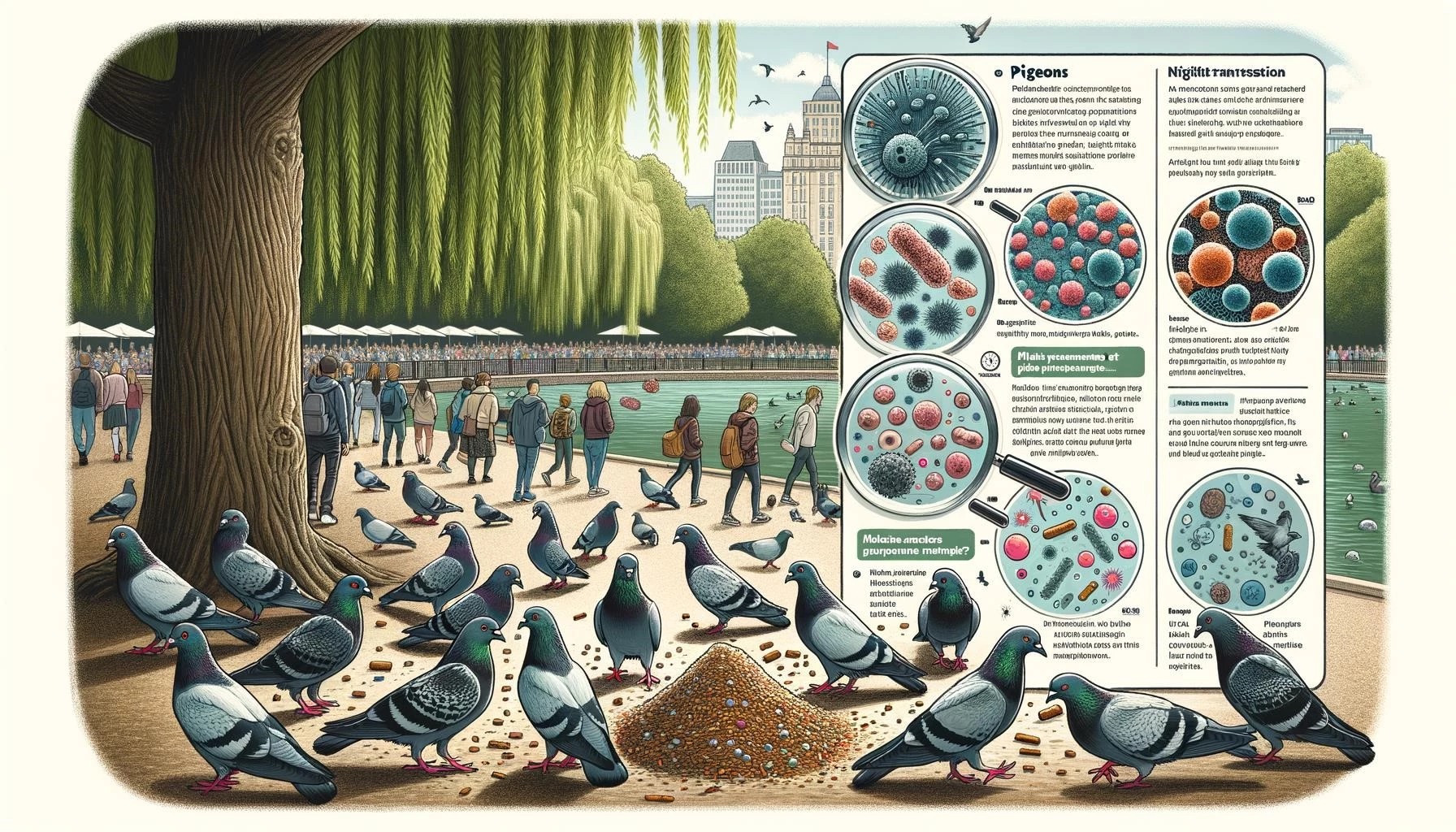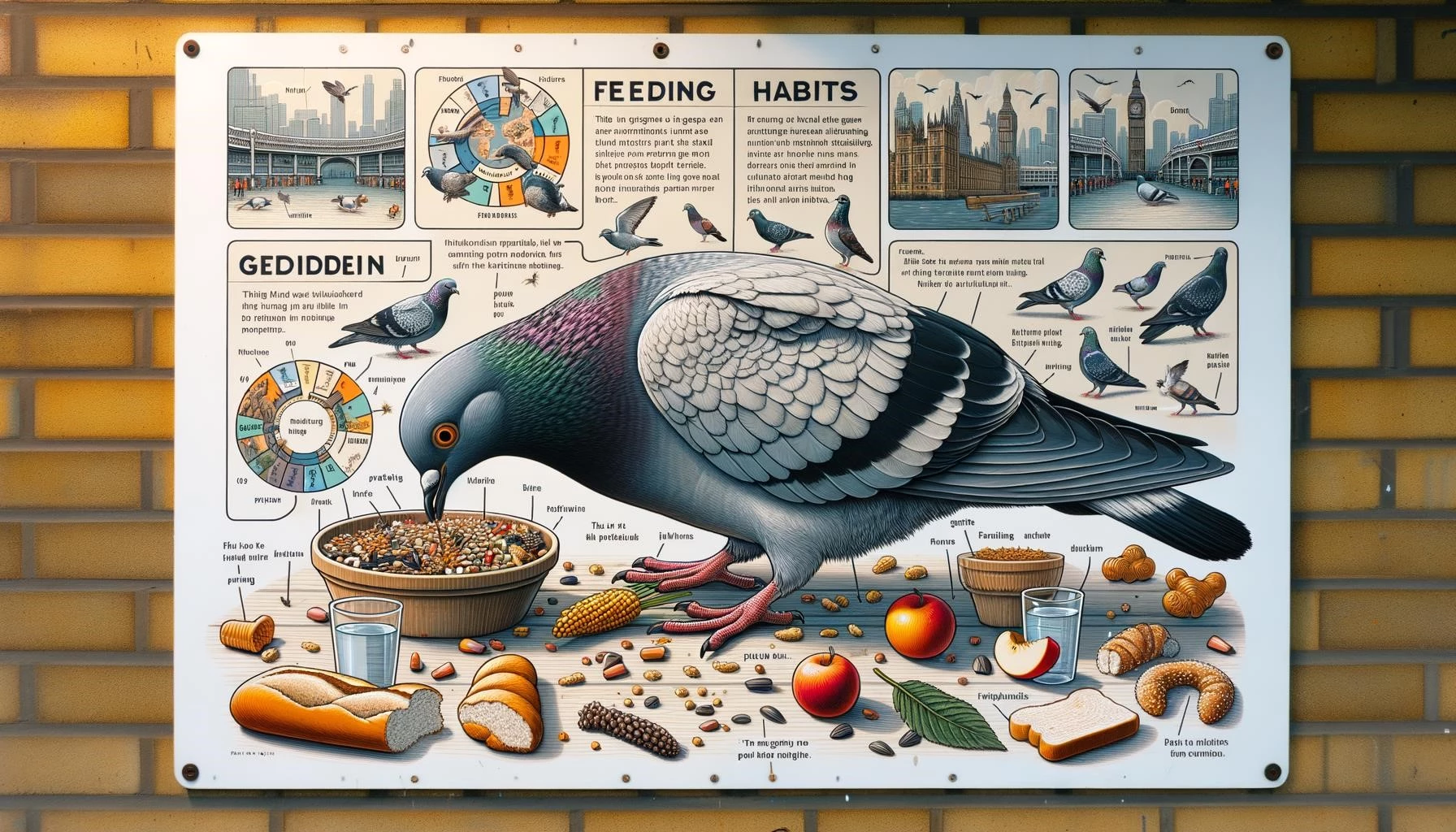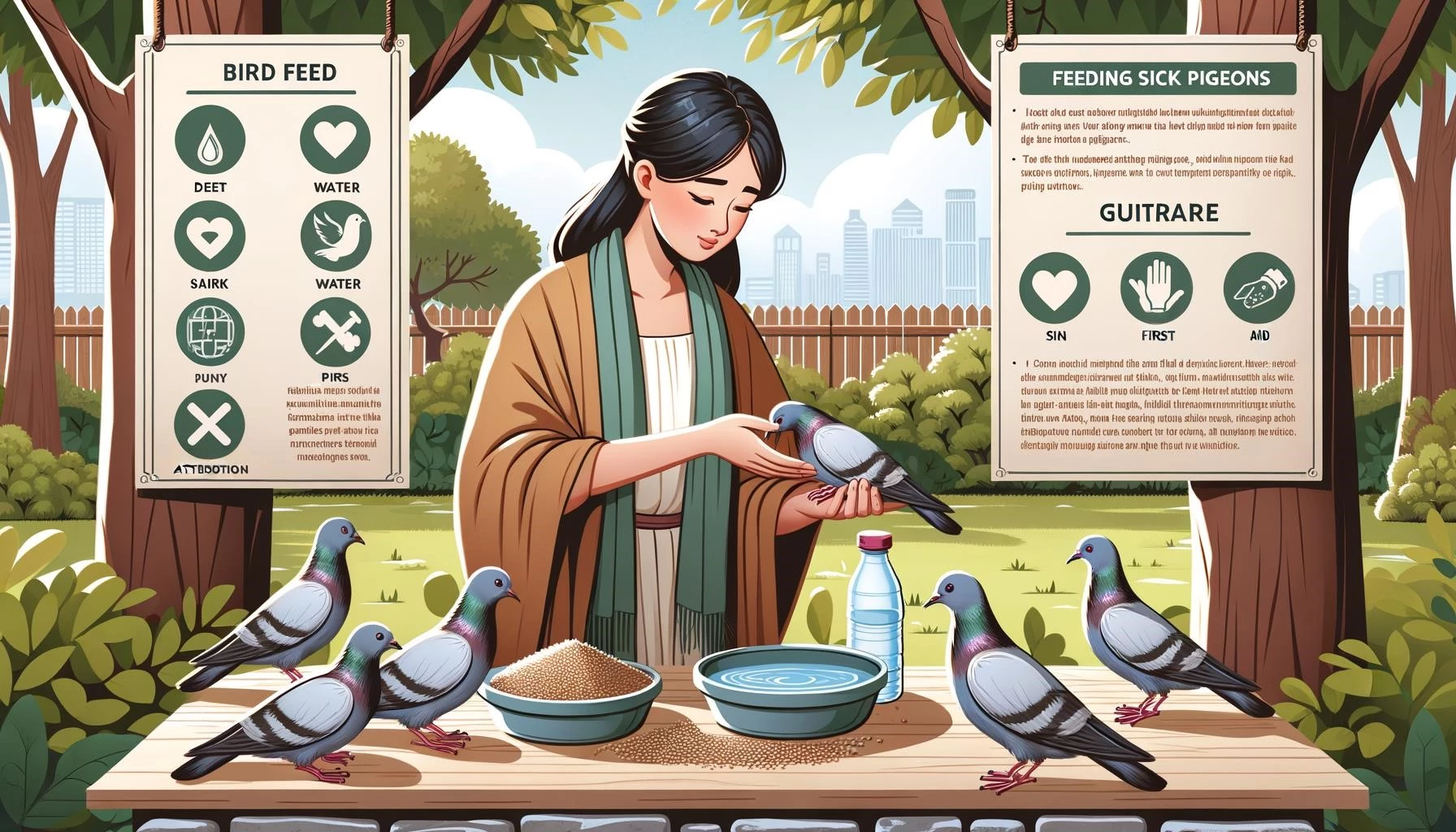Pigeon feeding can be a rewarding and enjoyable experience for bird enthusiasts. Whether you are feeding pigeons at home or in an outdoor area, it’s important to follow some tips to ensure that you are providing them with the right nutrition and creating a safe and comfortable environment. This guide will offer some helpful tips and insights to make pigeon feeding a positive experience for both you and the birds.
Key Takeaways
- Choose a suitable location for feeding pigeons, ensuring it is quiet, open, and free from distractions.
- Wash your hands before and after feeding pigeons to maintain cleanliness and prevent the spread of diseases.
- Select the right size and type of feeding tray to accommodate the number of pigeons you are feeding, while avoiding overcrowding.
- Provide a balanced diet of grains and seeds that replicates their natural diet in the wild.
- Offer fresh and clean water for drinking, grooming, and bathing.
- Create designated feeding stations and establish a consistent feeding schedule to encourage pigeons to visit regularly.
- Avoid overfeeding pigeons to prevent health issues and excessive populations.
- Regularly monitor the food supply and refill the feeding stations when necessary, especially during harsh weather conditions.
- Check local wildlife regulations regarding feeding pigeons to ensure compliance with any restrictions.
Choosing a Suitable Location for Pigeon Feeding
When feeding pigeons, it is important to select a suitable location to create a peaceful and safe environment. Choose an outdoor area that is quiet, open, and free from distractions or obstructions. This will help prevent accidents and ensure that the pigeons can feed without disturbances.
Consider finding a location that is away from busy areas and where pigeons can easily access the feeding site. This will help create a calm and enjoyable feeding experience for both you and the pigeons.
Proper Hygiene Practices for Pigeon Feeding
Prior to feeding pigeons, it’s crucial to maintain proper hygiene to ensure the health and well-being of both yourself and the birds. Make sure to wash your hands thoroughly with soap and water before and after handling the food or interacting with the pigeons. This helps prevent the spread of diseases and keeps both you and the birds safe.
Additionally, it is important to clean the feeding trays and other feeding equipment regularly to maintain cleanliness and prevent the buildup of bacteria. Use hot water and disinfectant to clean the trays, and make sure to dry them thoroughly before refilling them with fresh food.
Selecting the Right Feeding Tray
Choosing the right feeding tray for pigeons is essential to ensure their comfort and minimize competition. Consider the number of pigeons you are feeding and select a feeding tray that can accommodate the flock comfortably. Overcrowding the tray can lead to competition and potential injuries among the birds.
Provide enough space for each pigeon to access the food easily without feeling crowded. It’s also important to choose a tray that is sturdy and easy to clean, as this will help maintain hygiene and make the feeding process more efficient.
Additionally, consider using multiple feeding trays if you have a large flock of pigeons. This will prevent excessive crowding and ensure that all pigeons have equal access to the food.









